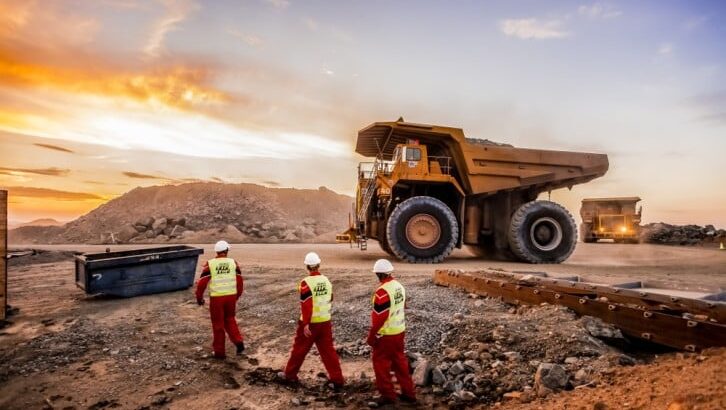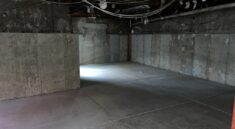I’ve worked in the mining industry for 22 years, and most of that time was spent ramping up production. More jobs, more output, more investment. But two years ago, I found myself on the opposite end of the lifecycle—closing down one of the largest mines in our company’s western portfolio.
Our facility extracted copper and molybdenum for decades. But by the end, the yield was no longer worth the cost. The closure decision didn’t catch me off guard, but the scale of what followed absolutely did.
I was tasked with leading the decommissioning effort. On paper, that meant managing closure plans, coordinating regulatory submissions, and handing off environmental responsibilities. In reality, it meant facing the community, walking the property daily, and carrying the burden of making sure nothing we left behind would come back to haunt us—or them.
From day one, we brought in an environmental engineering firm that specialized in mine closure compliance. That wasn’t optional. The permitting requirements alone were a full-time job. Every pit slope, every tailings impoundment, every water outlet had to be documented and projected out over decades.
We couldn’t afford to guess.
They started with hydrological studies to measure the ongoing movement of groundwater and surface runoff. Our pit was below the water table, so backfilling wasn’t an option. Instead, we needed a hydraulic containment strategy. That involved passive water treatment, controlled release systems, and the construction of evaporation cells in designated zones.
Next came the terrain stabilization plan. Our waste rock piles had been compacted over years, but we still needed to recontour everything to natural topography standards. Then came erosion control, native seeding, and habitat restoration. The firm’s reclamation specialists helped us select seed mixes that would hold soil, withstand dry cycles, and reflect the surrounding ecosystem. They even brought in a soil microbiologist to evaluate nutrient levels before planting.
Still, the most complex part was risk modeling. We had to project what the site would look like in five years. Ten. Fifty. That included surface integrity, water chemistry, sediment loads, and vegetation growth.
When we sat down with the regulators, I didn’t feel nervous. I felt prepared. Their questions were sharp, but we had answers for every one. That was entirely due to the firm we brought in. They had done this before, in harsher climates and with older infrastructure than ours. Their experience showed.
I remember standing out at the site one morning with their team leader. He looked out over the berms and said, “What you’re doing now is your real legacy. Not the tonnage. Not the production charts. This.”
He was right. The extraction years were busy, but this phase felt even more important. We were handing the land back. And we had a responsibility to do it right.
That meant more than vegetation and grading. It meant securing access roads, fencing highwalls, and communicating honestly with nearby residents. I hosted five town halls over six months, sharing our progress and listening to concerns. People wanted to know what was going to happen to the wells. To the wildlife. To their property values. Those weren’t engineering questions, but they were part of the job all the same.
We also established a third-party monitoring system that would remain in place for ten years post-closure. We wanted data—and we wanted people to trust that data. That’s why we published our quarterly reports online and allowed community representatives to attend annual review meetings.
I’ve always been proud to work in mining. It’s easy to celebrate the startup phases. But what I found during closure was a deeper kind of pride—the kind that comes from doing things right, even when no one is watching.
Bringing in a team that could guide us through the environmental permitting process wasn’t an expense. It was a safeguard. One that paid off every time we answered a question with confidence instead of deflection.
We talk a lot in this industry about being good stewards. Reclamation is where that talk gets tested.
And I’m proud to say we passed.



